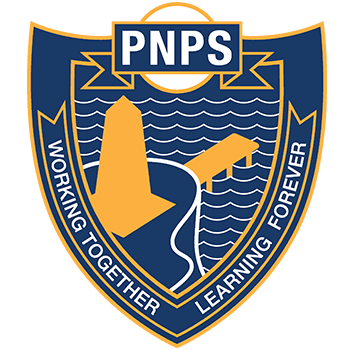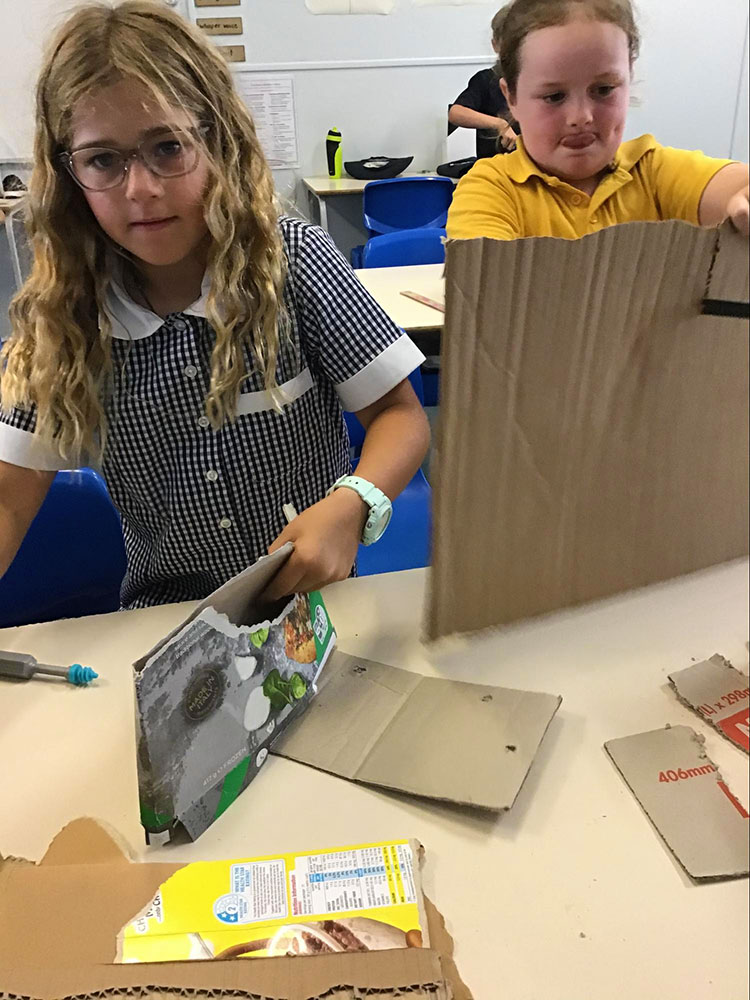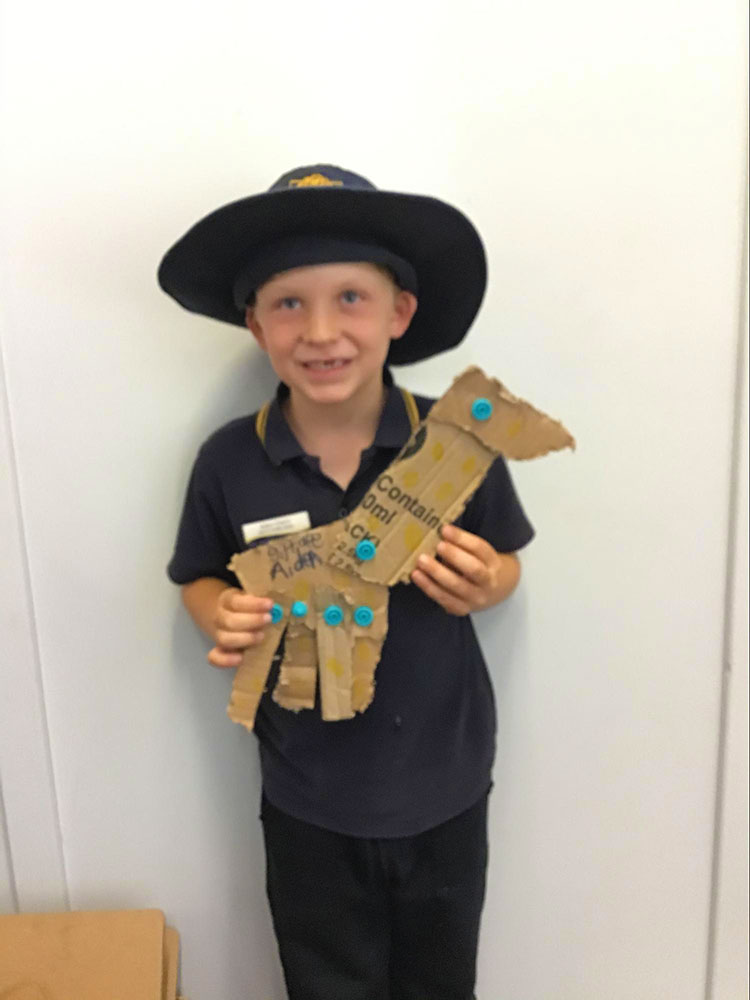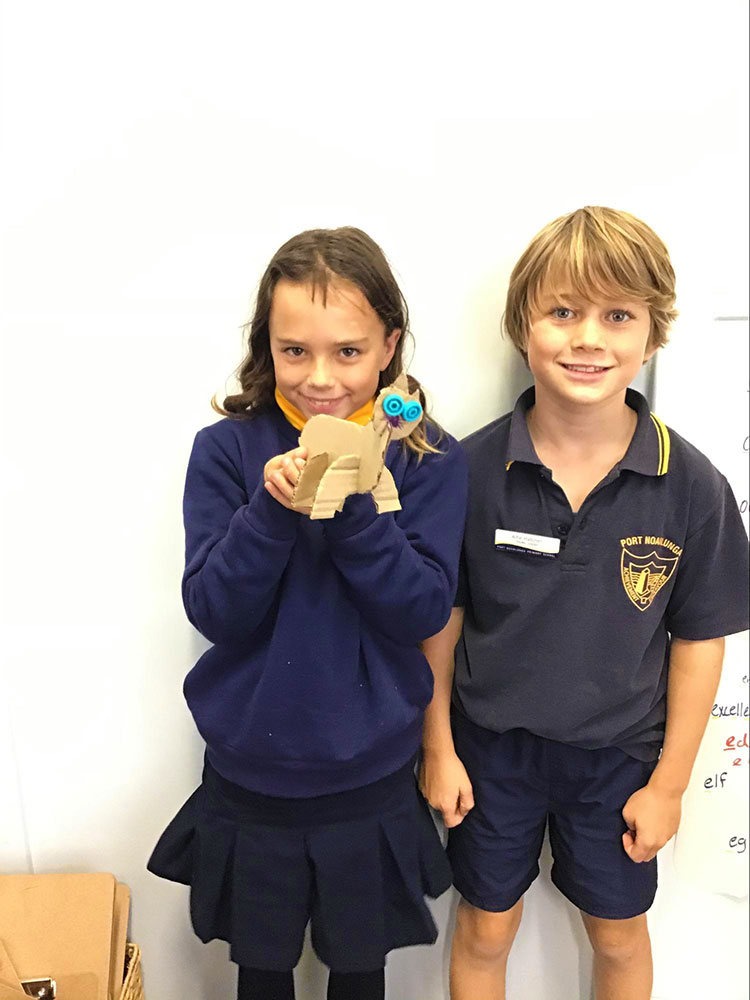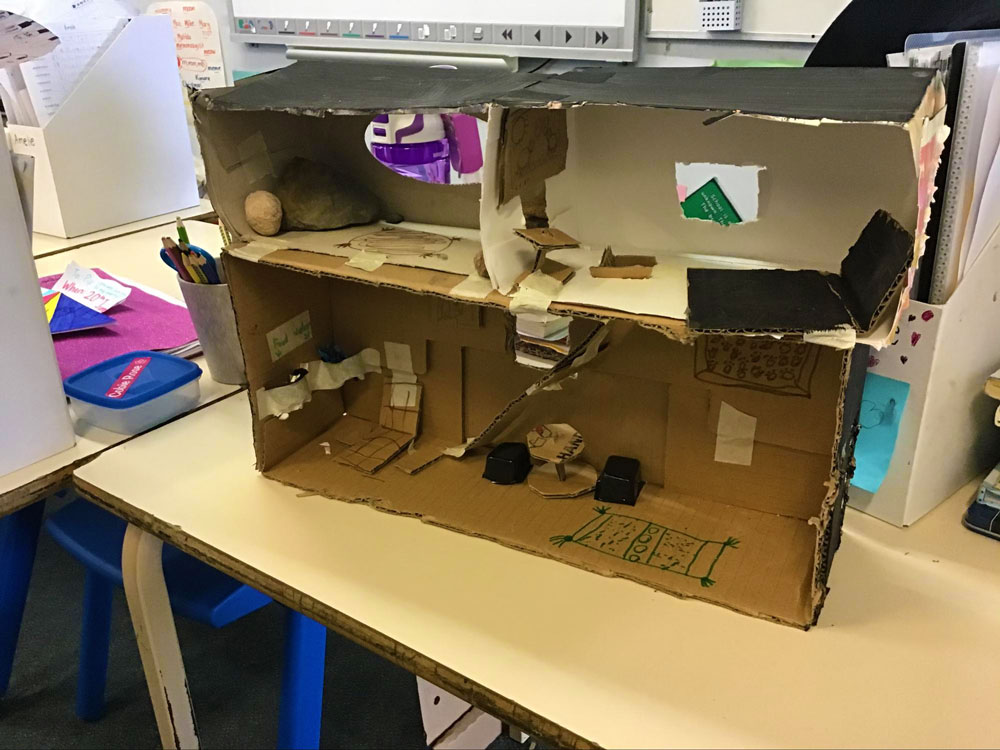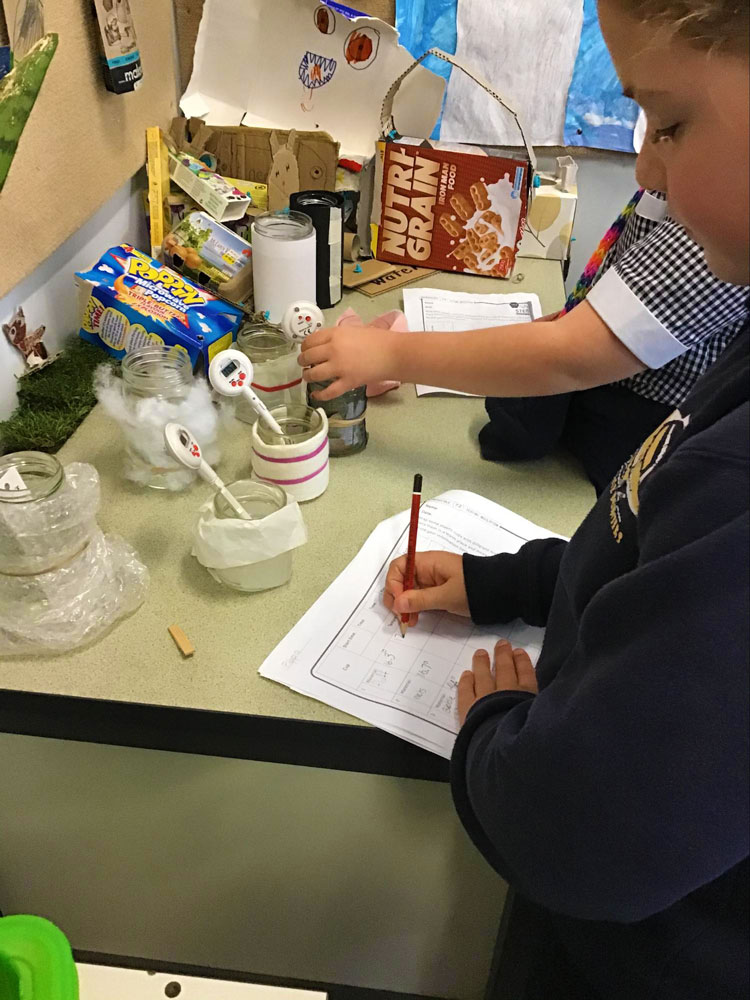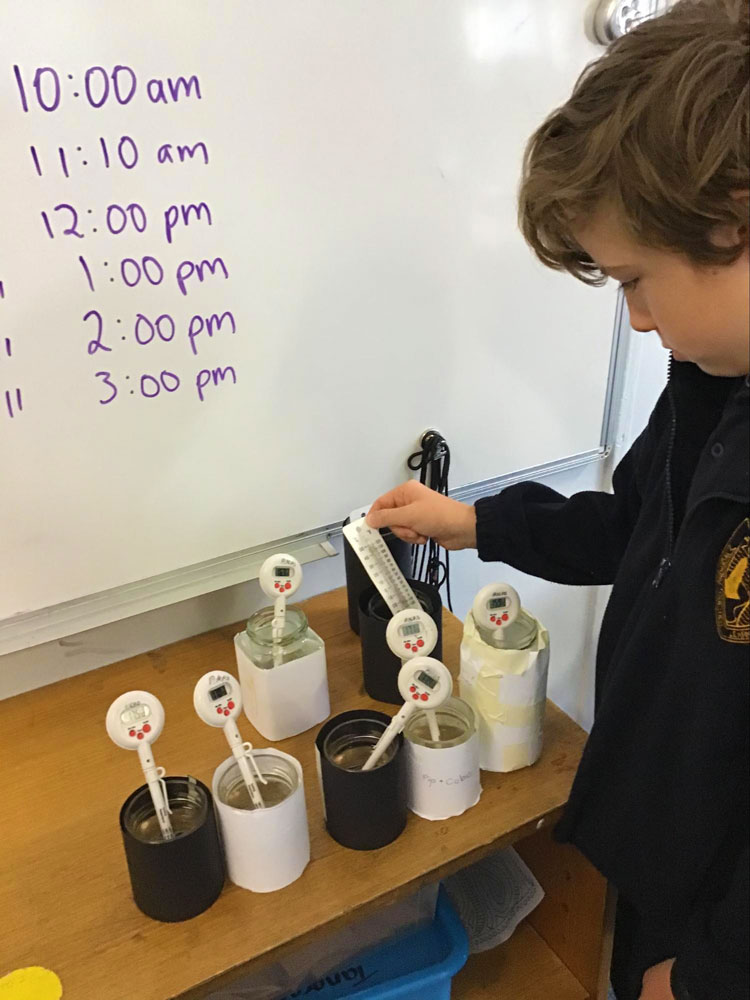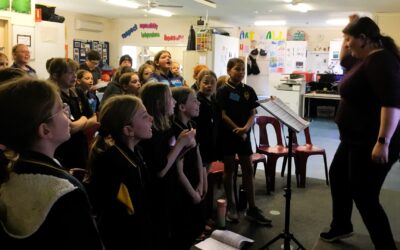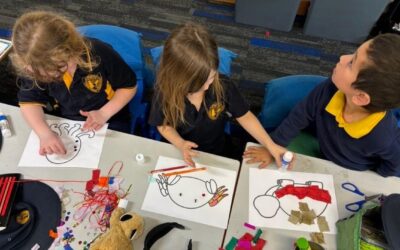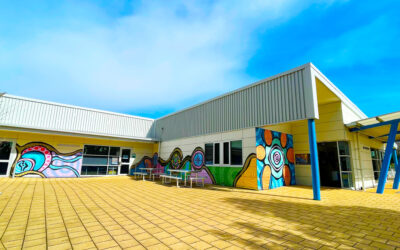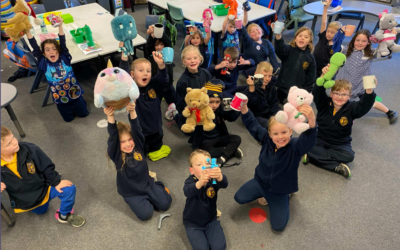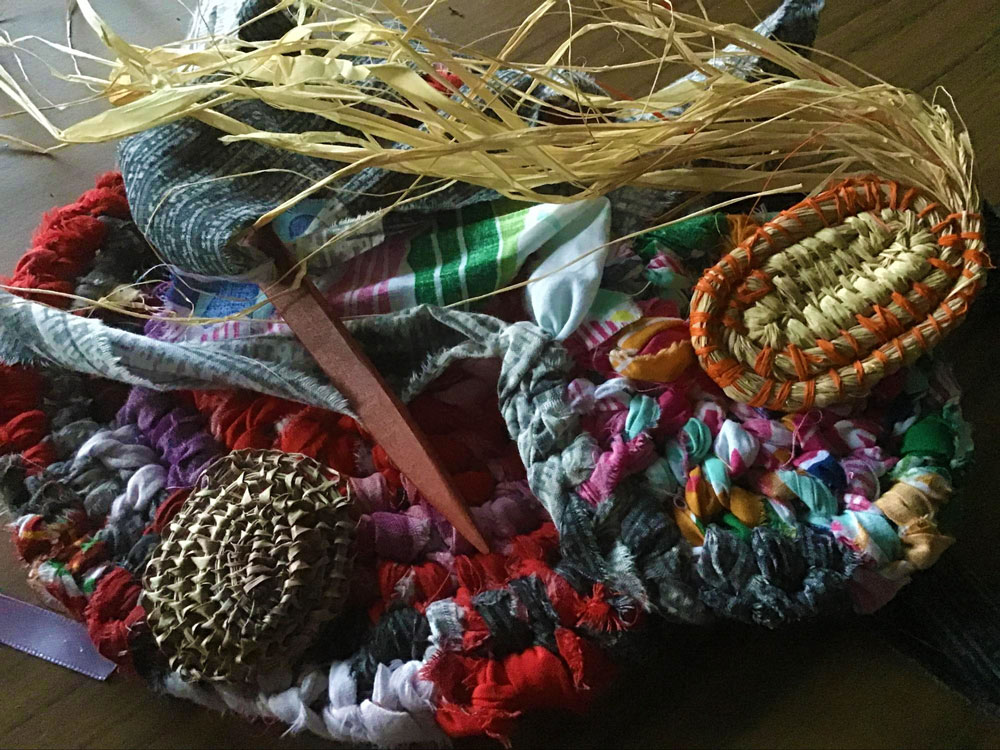
CLASS STORY by Miss Kim’s 3/4 CLASS
Creating animals out of cardboard for Design and Technology was an exciting part of our curriculum last term. Part of the learning process involved the importance of designing for disassembly. This means, all of the materials that are used go into their relevant recycling streams without being contaminated. This means that natural materials such as cardboard are not mixed with unnatural materials such as plastic.
This presented a series of problems in terms of connecting materials so that the animals could be made. We used a product called ‘Makedo’, a connecting system that uses plastic screws, screwdrivers and saws for students to safely cut cardboard and connect it using the screws. They also explored making connections using slots, tabs and flanges.
This means the animals can be disassembled and the materials can be recycled.
In term 2, we built on these skills by creating energy efficient pet houses as a S.T.E.M. (Science, Technology, Engineering, and Maths) project. This project involved conducting some experiments to determine which colours attract heat and which ones reflect heat.
We experimented with the thermal properties of a range of materials to determine which materials could be used to insulate.
The next step was to make the pet houses. Most agreed that it would be best to have a black house to attract heat for warmth, but discovered that this is not ideal for our pets to keep cool in summer. We concluded that the houses need to allow the heat in during the winter but block it during the summer. So, we investigated passive solar design. This is where the angle and the distance of the roof to the north facing window determines how much light and heat is allowed in through the windows during winter. As the sun is higher in summer, this design blocks the sun’s light and heat during this time. Meaning there is less need for heating and cooling.
Students were allowed to use just thirty centimetres of masking tape for their designs as this can be peeled off easily afterwards. The rest of the joining needed to be achieved by thinking of a different solution. Unfortunately however, we have learned that once cardboard or paper is painted, it cannot be recycled. So our projects will need to either be repurposed or sent to landfill. We are considering sharing the painted cardboard with some of the other classes that are also making pet houses.
They are now mostly completed and the students are in the process of creating a Google slide show (like MS powerpoint) to share their learning.
Next term in Design and Technology we will be investigating ways of using fabric waste through ‘Toothbrush rug weaving’ a tradition passed down in Amish culture. Later we will use raffia and then local plant materials to learn Ngarrindjeri Lakun, Aboriginal basket weaving.
